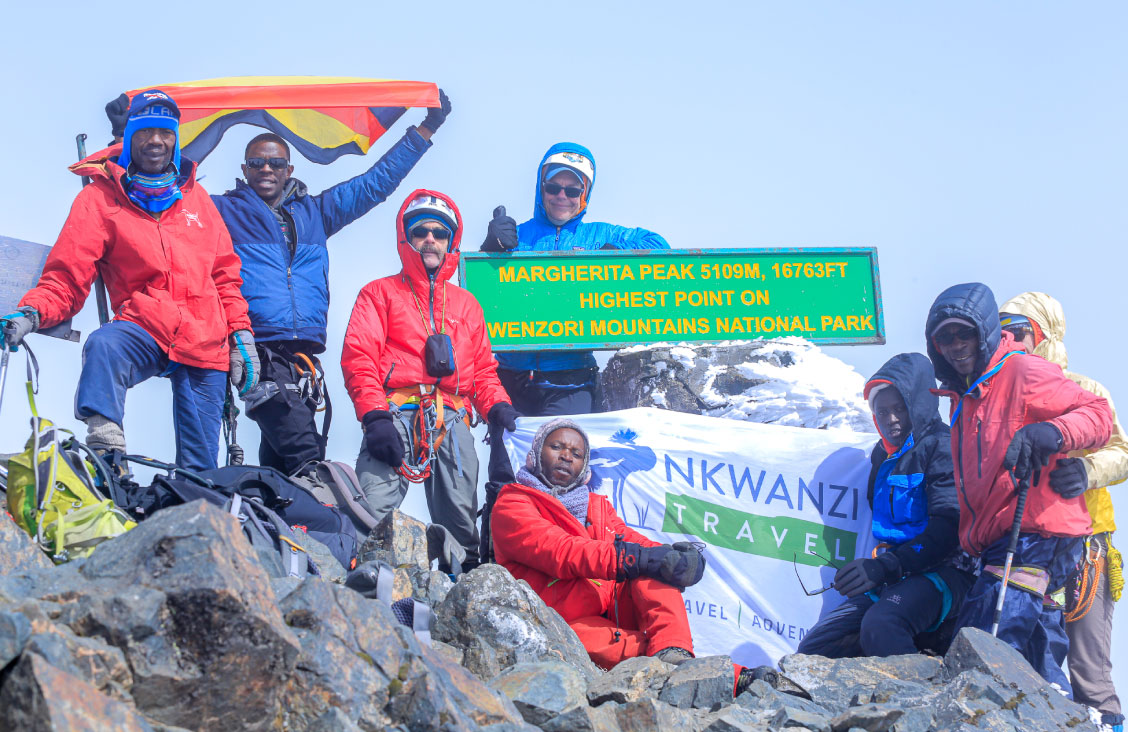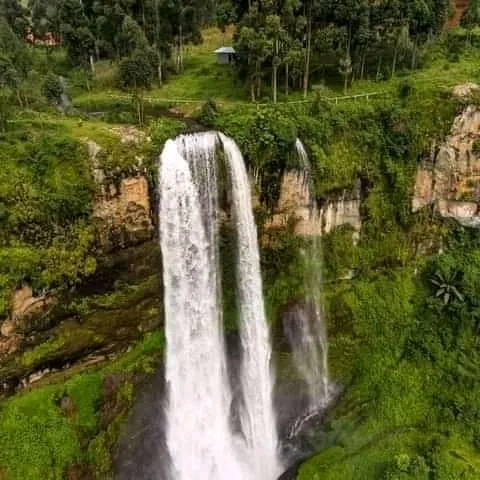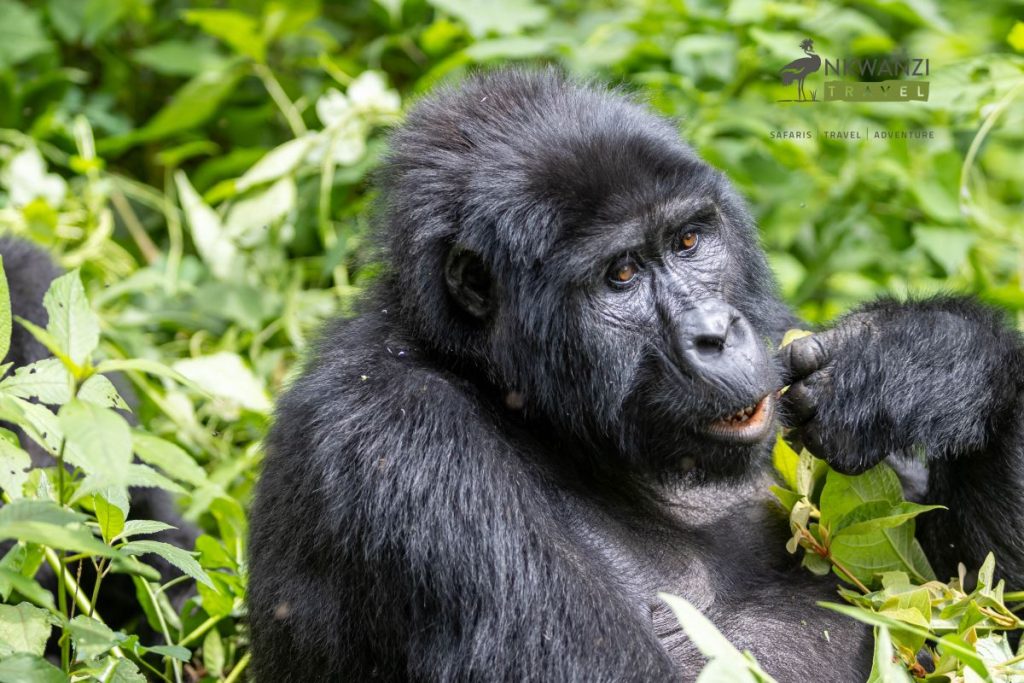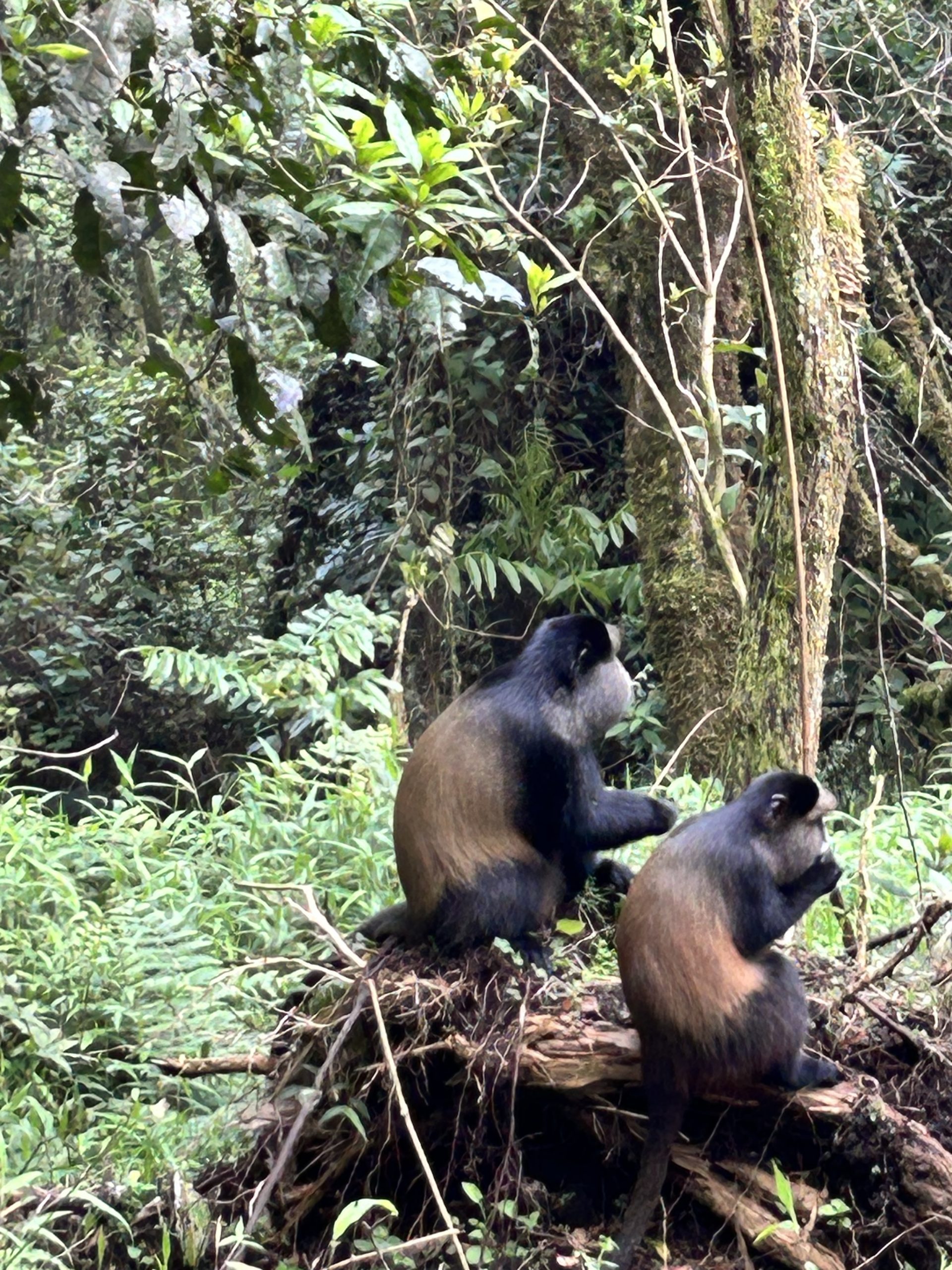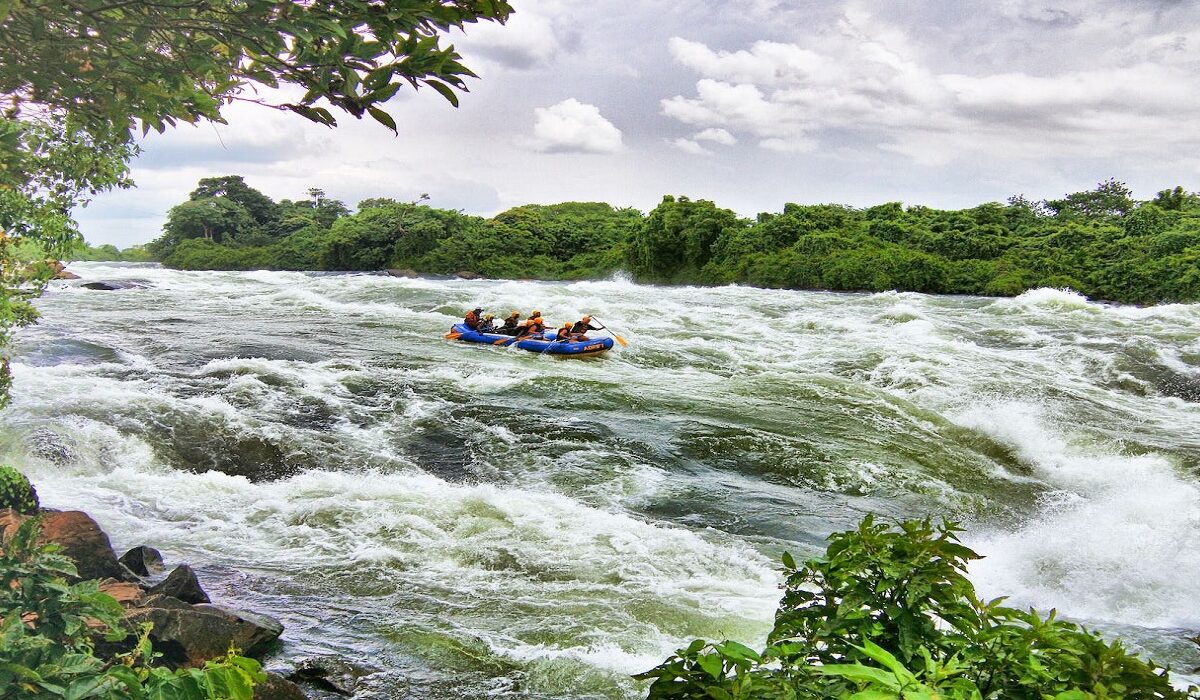Mountains of Karamoja
An exciting alternative to the more strenuous climbs in East Africa
The Karamojong or Karimojong are a Nilotic ethnic group.They are agro-pastoral herders living mainly in the north-east of Uganda.Their language is also known as Karamojong or Karimojong and is part of the Nilotic language familyThe Karamojong are a pastoral group who inhabit the plateau region of Uganda. Linguistically, the Karamojong belong to the Central Group of the Nilote Language Family, which also includes several neighboring groups that speak a mutually intelligible dialect.
Today, the Karamojong numbered about 719,000 (Peoplegroups.org, 2023).The related groups include the Teso, Iteso, Jie, Dodoz, Topoza, Jiye, Nyangatom, and Turkana.
The habitat of the Karamojong is a plateau 1,120 to 1,360 meters high; there are steep hills throughout, and higher mountains border the plateau. It is a region characterized by thorny plants and grasses. The savanna becomes green with the first rainfall, in April, but dries up again in November, when the rain stops. The dry season is very windy, and there is no surface water, except for puddles left over from the rainy season, which quickly dry up. River beds fill up in a few hours during storms, and dry up again after the storms pass.

Mount Moroto
Explore Mount Moroto, the highest mountain of the Karamoja region located in the untouched northeast of Uganda. The mountain lies on an escarpment of the Eastern Rift Valley. The slopes of Mount Moroto are populated by the Tepeth. The Tepeth still maintain cattle herds in their kraals, their thatched huts, which can be spotted across the ridges. This hike will give you a glimpse into the still wild parts of Uganda’s northeastern corner. Mt. Moroto is Karamoja’s most easily accessible mountain. Several trails take you up to the beautiful ridges of this volcanic mountain, allowing you to spend one or several days exploring its beauty
Mount Morungole
Mt Morungole features exciting and dramatic landscapes, creating an illusion of rocks that are about to topple onto Kaabong at any time. Passing through the fabled Ik community is a cultural highlight. The actual summit of Morungole is a place of immense spiritual significance to the Ik and out of bounds to visitors, but you can head to an alternative peak and take in the stunning views of Kidepo Valley National Park. The mountain is one of the four highest mountain ranges in the Karamoja sub-region with its peak at 2,749m.


Mount Kadam
Explore the unique biodiversity of Uganda’s undiscovered mountain ranges. Mount Kadam is the second highest and volcanic mountain of the Karamoja region with the highest peak at 3,063 Due the geographical location, the Mount Kadam is home to many surrounding tribes: Pokot, Karamojong, Gishu, Tepeth, Sebei and the Kadama. The inhabitants are majorly agriculturalist and live in small settlements metres
Mount Napak
Mount Napak is karamoja’s third highest mountain and known for it’s steepness and lush vegetation that makes it the toughest mountain to climb in northeast Uganda. Due it’s location bordering the Pian Upe Wildlife Reserve, you’re up for breathtaking panoramic views of the Karamoja planes and distance mountain ranges.
Beyond the rewarding views and walking through the untouched forest, Mount Napak offers a cultural experience. The fertile foothills are home to the Bokora Clan of the Karamojong people. Your local guides will introduce you to several villages along the trail, sharing insights into the lifestyle and customs of the community.

Karamoja Community
The Karamoja sub-region in Eastern Uganda is one of the most remote parts of the country. For years the major attraction to this area was Kidepo Valley National Park which has some of the most stunning landscapes and the only place to see Cheetahs and Wild Dogs in Uganda. Most tourists would fly in and out only spending time in the environs of the Park. But this has now changed and the Karamojong area is full of unique cultural and wildlife experiences you will not get anywhere else in Africa let alone Uganda.
There are plenty of activities and experiences to do of varying durations and exertion levels, all you need is an open mind and sense of adventure.This region of Uganda is also becoming well known for rock art, the majority of which is in the east and south east of Uganda. The most famous site is in Nyero, which is between Mbale and Soroti. Other notable places which have rock art in the region are Kadam Rock in Nakapiripirit, Napak Rock in Napak District and Mount Moroto in Moroto. The rock art found in this area is similar to the rock art drawn by the Cushitic Tiribes who are believed to have migrated to Karamoja some 3,000 years ago.

